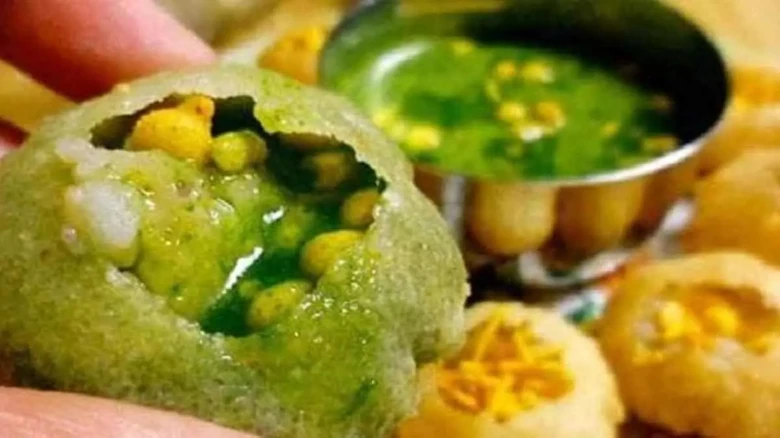Out of 41 samples, artificial colors, and cancer-causing substances were detected, while 18 were deemed stale and unsuitable for consumption.
Digital Desk: Enjoy having pani puri? Be careful! Consuming pani puri containing artificial colors could heighten your chances of developing various cancers and asthma, among other health concerns, as highlighted by an expert on Tuesday. Recently, Food Safety officials in Karnataka took action following numerous complaints, collecting approximately 260 samples from street vendors. Shockingly, 22 percent of these pani puris failed quality checks miserably.
Out of 41 samples, artificial colors, and cancer-causing substances were detected, while 18 were deemed stale and unsuitable for consumption. This development follows the Karnataka Food Safety and Standards Department's recent directive in late June, imposing fines of up to Rs 10 lakh and potential imprisonment ranging from seven years to life for the use of artificial colors in chicken kebabs, fish, and vegetable dishes statewide. In March, Karnataka also prohibited the use of Rhodamine-B, an artificial colorant found in gobi manchurian and cotton candy.
Edwina Raj, Head of Services - Clinical Nutrition & Dietetics at Aster CMI Hospital in Bengaluru, cautioned, "The excessive use of artificial food colors and flavor enhancers to improve appearance and taste poses significant health risks, particularly for frequent consumers of street food." She added, "Overexposure to such synthetic additives in food increases the risk of cancer and exacerbates gut inflammation."
Furthermore, she noted potential side effects such as hyperactivity in children, allergies, and asthma attacks, as well as the risk of foodborne illnesses like typhoid from contaminated pani puri water.
Artificial food colors are typically added to enhance the visual appeal and shelf life of food products, thereby improving consumer satisfaction.
However, the use of dyes such as Sunset Yellow, Carmoisine, and Rhodamine-B raises serious health concerns. Edwina recommended opting for natural food coloring agents like beetroot, turmeric, or saffron instead of synthetic additives for a safer culinary experience.








Leave A Comment